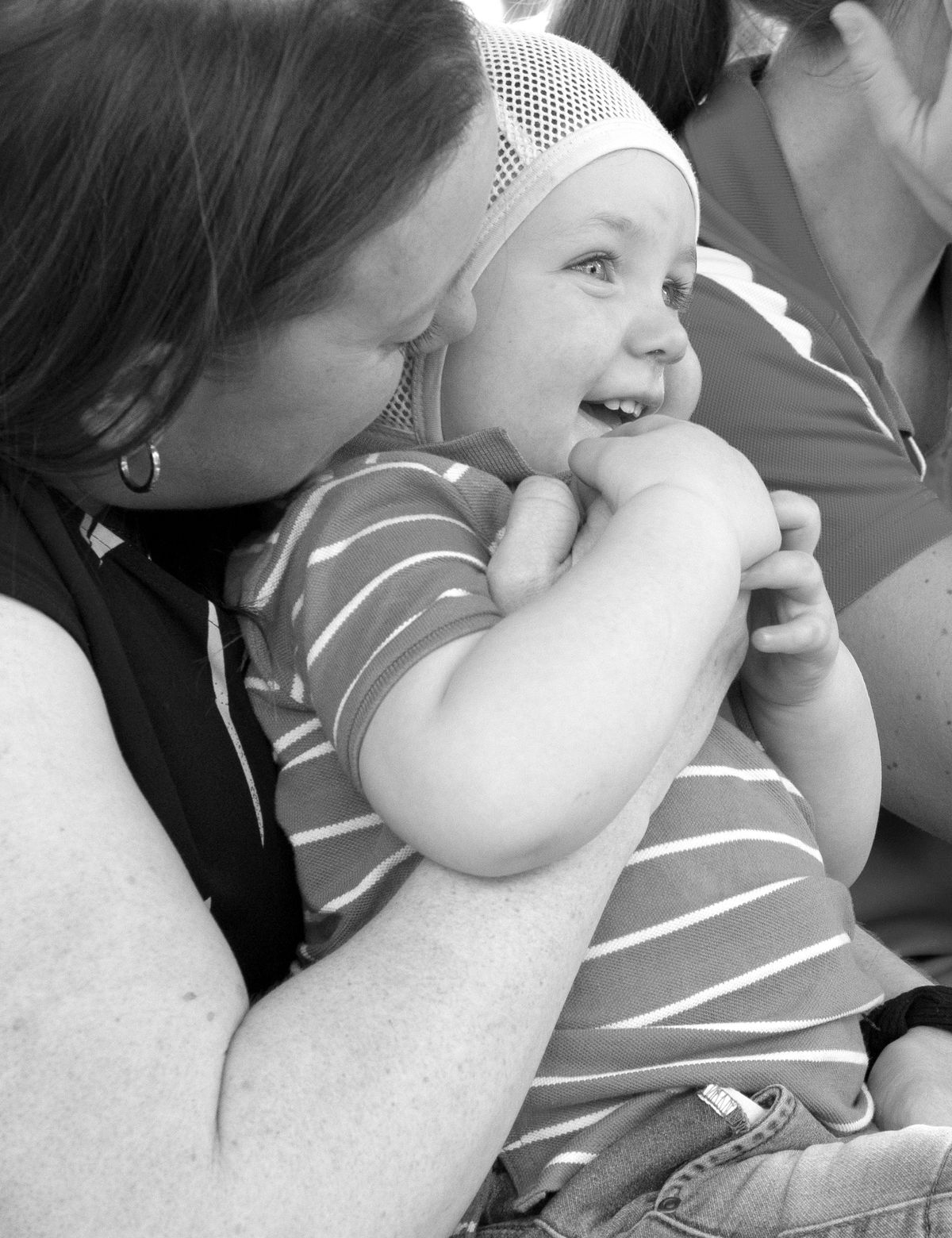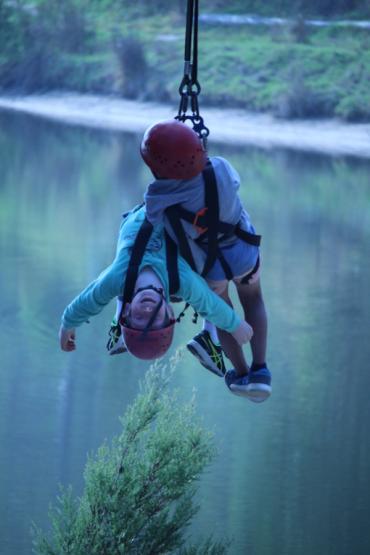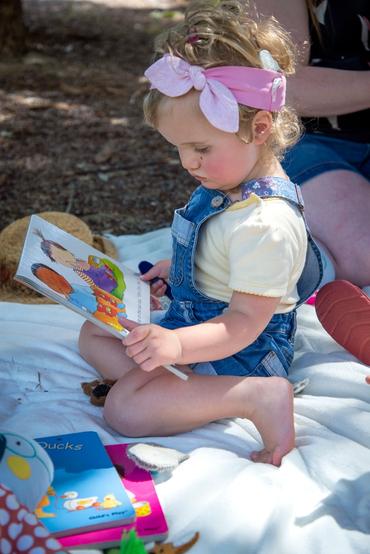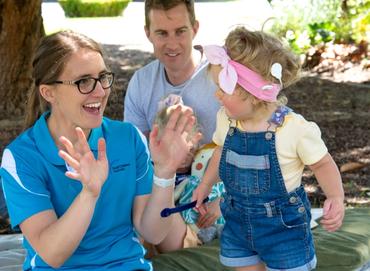Acquiring Auslan as a First Language.
At around four to seven months of age, in the same way hearing babies begin to babble vocally, babies acquiring sign language begin to babble on their hands.

What was this paper about?
This article authored by Dr. Elizabeth Levesque, describes Auslan (Australian Sign Language), the primary language of the Australian Deaf community, and explains in detail many stages that babies and children go through in learning to sign fluently.
Babies are receptive to discovering the underlying units, rules and patterns of the language around them, starting in their first weeks after birth. Research indicates that whether acquiring spoken or signed languages, children learn the structures that make up language in a similar way, through interacting with their primary caregivers.
"Babbling includes seven 'unmarked hand-shapes', basic hand configurations"
Dr. Elizabeth Levesque
What were the key findings?
- Babies and children meet a series of the same language milestones in either sign language and spoken language, or both if they grow up bilingual.
- Between eight months and 16 months, babies produce their first sign. Studies show that children generally produce their first 10 signs at around 12 months of age and the first 50 signs from between 19 and 24 months. At about 16 months, they start to combine two signs. Later they start to develop the grammar of sign language and their language use becomes more complex.
- By eight years old, children become more confident communicators in sign language.
What are the seven 'unmarked hand-shapes'?
At around four to seven months of age, in the same way hearing babies begin to babble vocally, babies acquiring sign language begin to babble on their hands. In this stage, babble includes seven ‘unmarked hand-shapes’, basic hand configurations.

Manual and early sign production incorporate seven 'unmarked hand-shapes'.
Source: Acquiring Auslan as a First Language- Dr Elizabeth Levesque
Where can I read more about this paper?
Acquiring Auslan as a first Language, Elizabeth Levesque, 2020.
Printable 271 KB PDF



